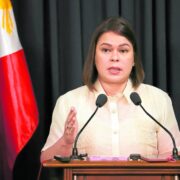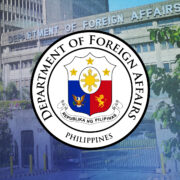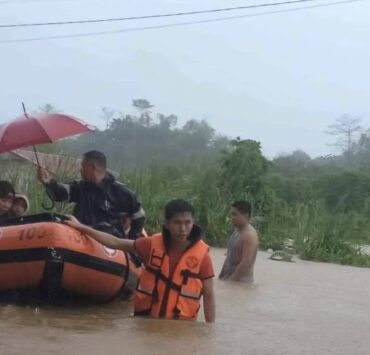DOT backs grassroots tourism in Cordillera with village grants
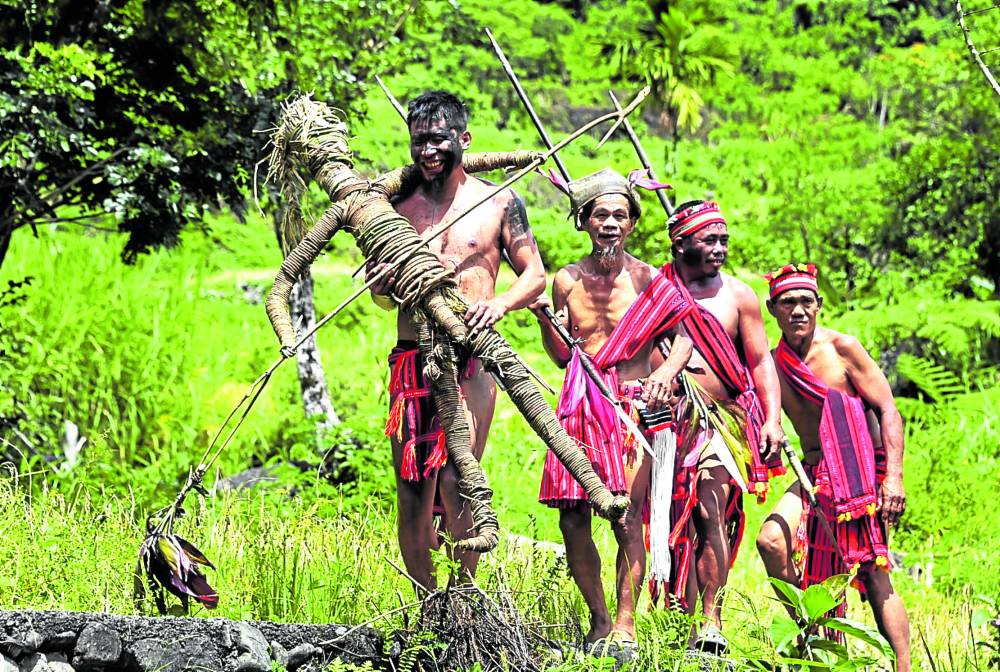
BAGUIO CITY—To promote sustainable tourism in the environmentally critical Cordillera region, the Department of Tourism (DOT) is focusing on grassroots tourism communities that are “authentic and not curated for guests,” said DOT regional director Jovita Ganongan on Wednesday.
Since 2022, the agency’s Cordillera office has been awarding up to P1 million in grants to the region’s best tourism villages through an annual search. These grants, ranging from P100,000 to P500,000 and presented as prizes, fund amenities, such as clean public toilets and community museums, or are allocated to social, health and infrastructure programs, Ganongan said at a briefing.
She added that the selected tourism villages are expected to create a ripple effect, encouraging neighboring barangays with shared landscapes and traditions to collaborate in promoting local tourism.
During the nationwide lockdown between 2020 and 2021, when all businesses were forced to shut down due to the COVID-19 pandemic, the DOT had prepared for a “travel rebound,” particularly in open spaces like the Cordillera mountains, Ganongan said in an earlier interview.
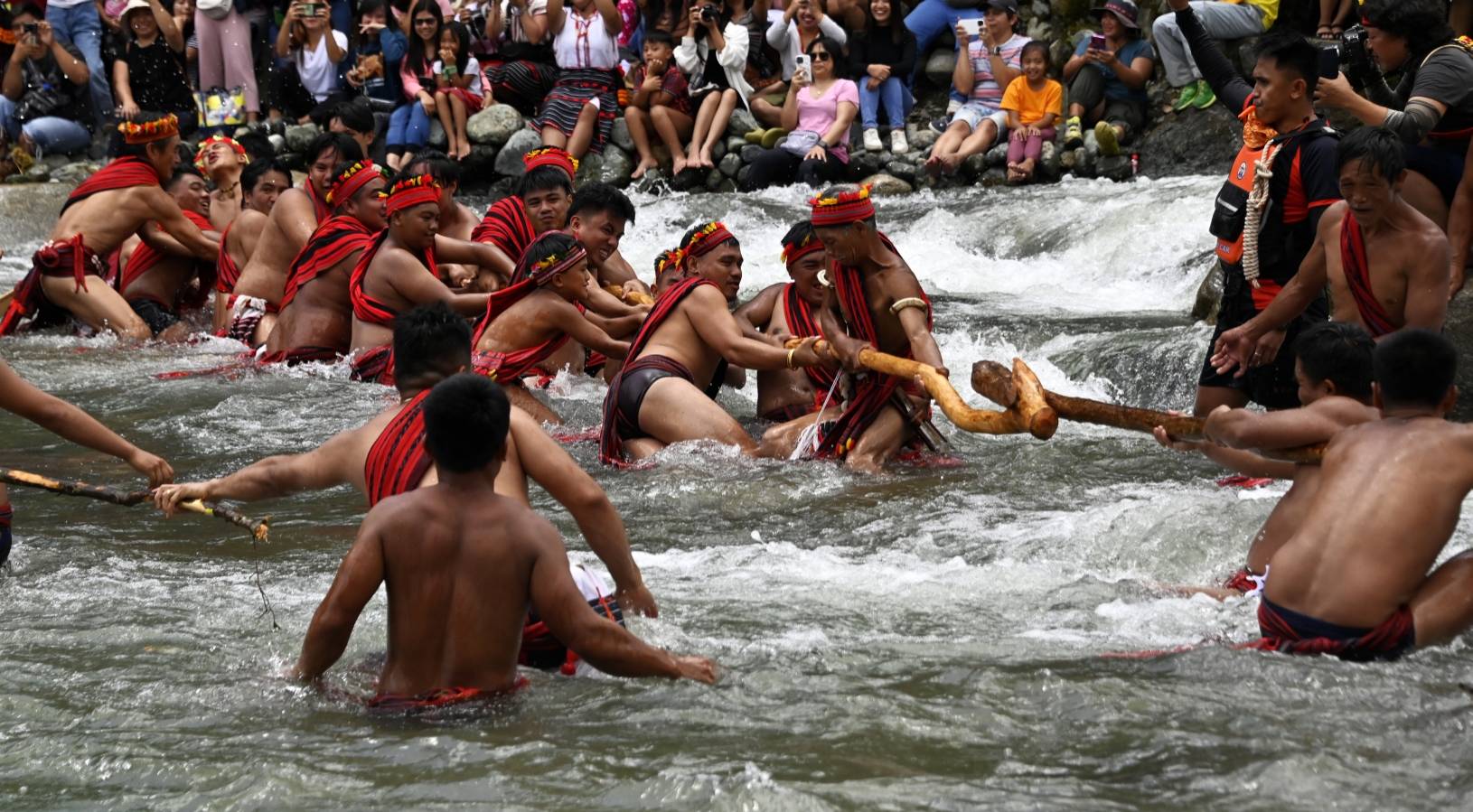
Immersive experiences
During Wednesday’s briefing, she stressed that the agency was aiming to shift local travel away from mere “selfie” tours—where visitors take photos of forests, landscapes and wildlife—toward more immersive experiences. The DOT briefing followed the formal launch of the third edition of the Tourism Village Challenge, which began in 2022 and is now being replicated in other regions.
“Our challenge in the Cordillera is accessibility,” Ganongan noted. This issue, she said, can be addressed by organizing travel tours to clustered destinations, allowing visitors to stay longer, experience local cuisine, interact with the community, and understand its history, culture, and indigenous wisdom.
In 2023, the surge in “revenge travel” brought 1.68 million foreign and domestic tourists to the Cordillera, up from 1.28 million in 2022, according to an economic analysis published in April last year by Susan Sumbeling, regional director of the National Economic and Development Authority.
Road projects
“The implementation of 124 tourism road projects under the DOT-Tourism Road Infrastructure Program in 2023 has further benefited the region, improving access between visitors and tourism sites in the Cordillera,” Sumbeling said. To date, 361.365 kilometers of tourism roads have been completed since the program’s inception in 2012, she added.
The first Best Tourism Village awardee was the Hapao-Baang-Nungulunan clustered community in Ifugao’s Hungduan town, selected in 2022.
Hungduan is known for its postharvest rituals known as “huowah.” Part of these rituals is “punnuk,” a tugging match among villagers held in Hapao River.
Tourism in the region had long been centered on Banaue town’s world-famous rice terraces, but the Best Tourism Village designation helped shift attention to Hungduan’s terraces, said municipal tourism officer Haydee Hermosora. The rice terraces in the Ifugao towns of Banaue, Hungduan, Kiangan and Mayoyao collectively form a World Heritage Site acknowledged by the United Nations Educational, Scientific and Cultural Organization.
In 2023, the Bagumbayan Coffee Village in Tabuk City, Kalinga, won the top prize as Best Tourism Village. The following year, the award went to the sustainable tourism village of Damag, Jacmal and Bunhian in Aguinaldo town, Ifugao.
Bayani Malicdem, the DOT Cordillera senior tourism operations officer, noted that the term tourism village was introduced by the United Nations World Tourism Organization to describe rural communities that preserve their cultural heritage. However, in the Cordillera model, the DOT is taking this concept further by “empowering” local communities to create their own tourism plans and decide how to share their culture with visitors, he said.





